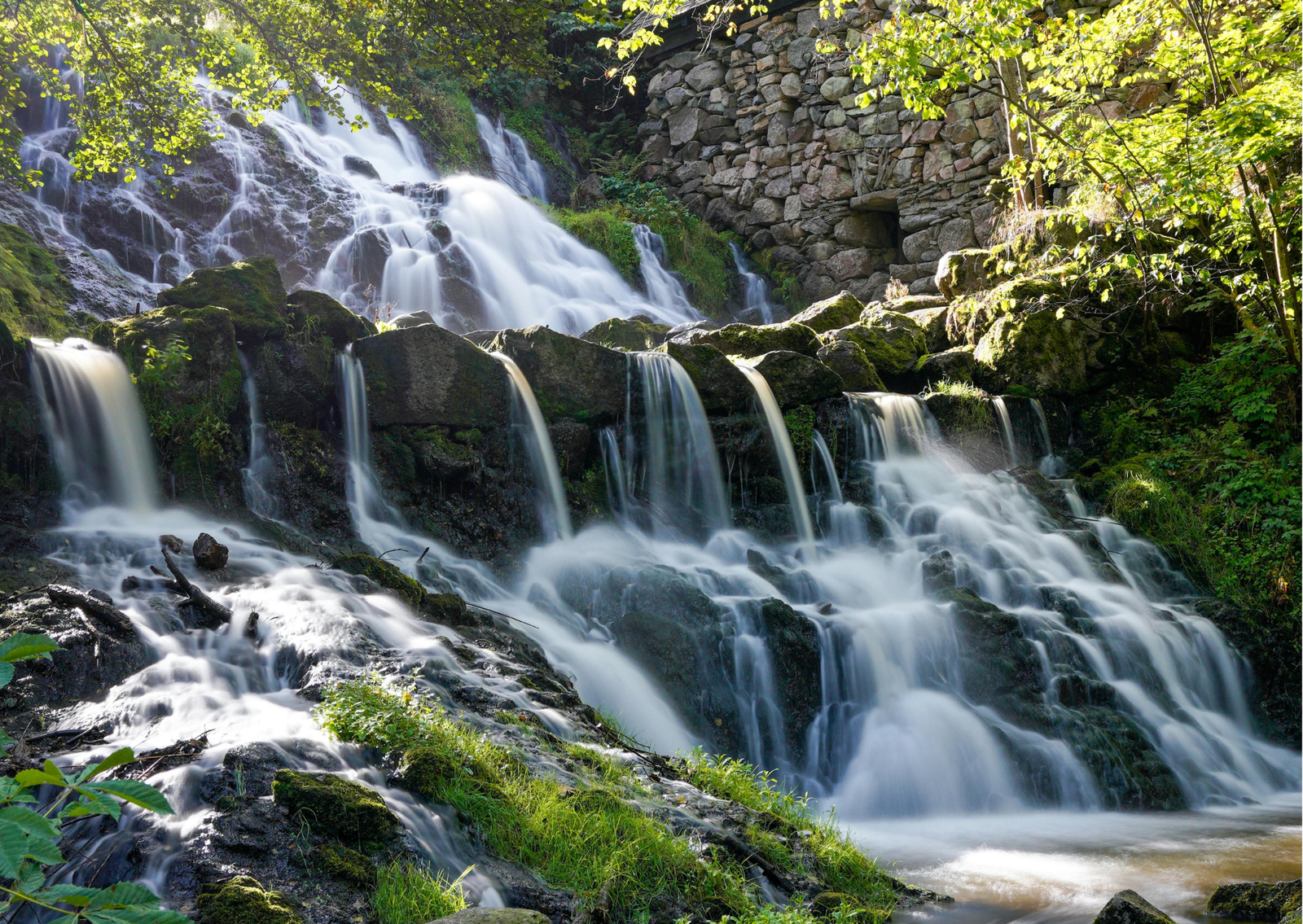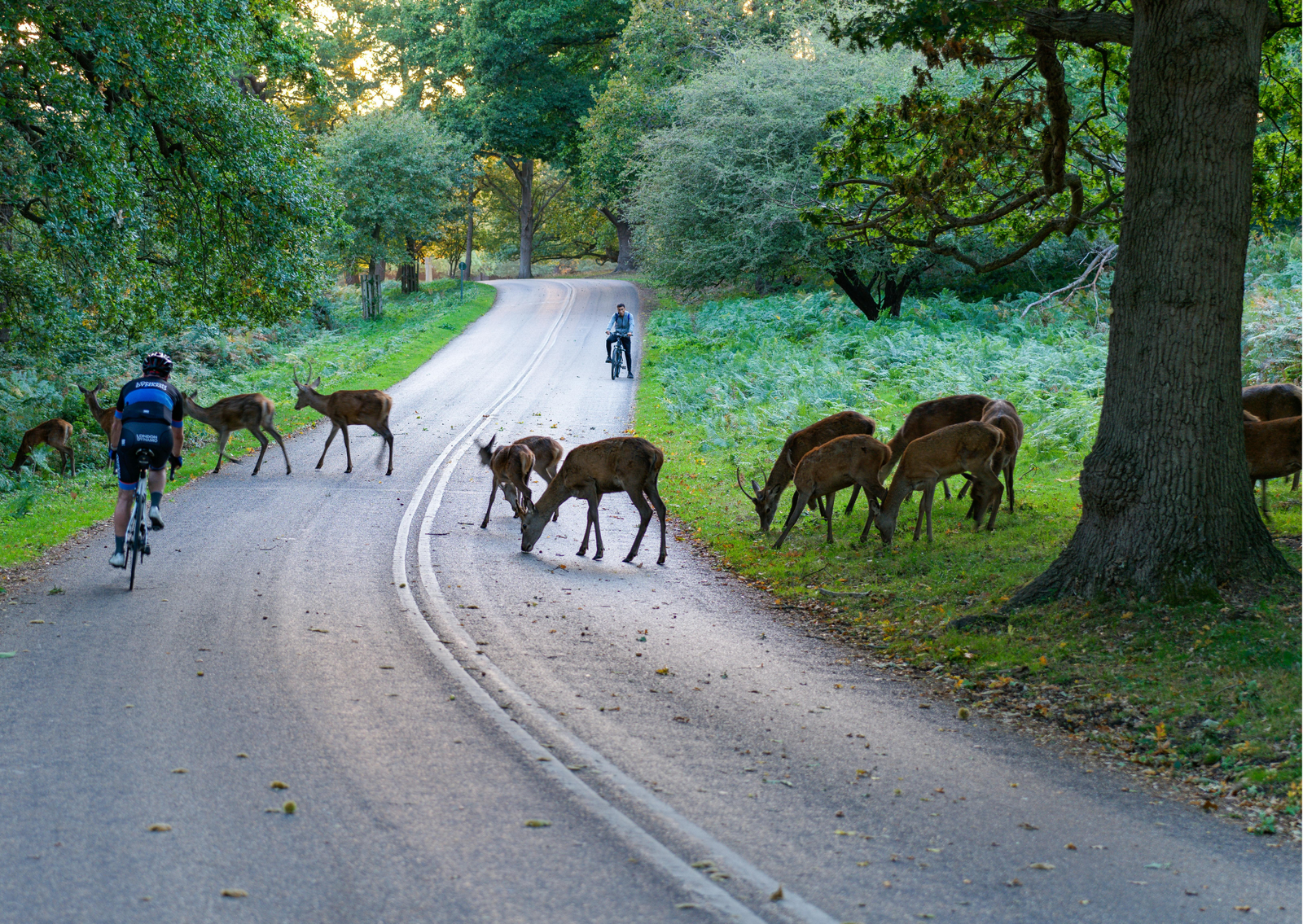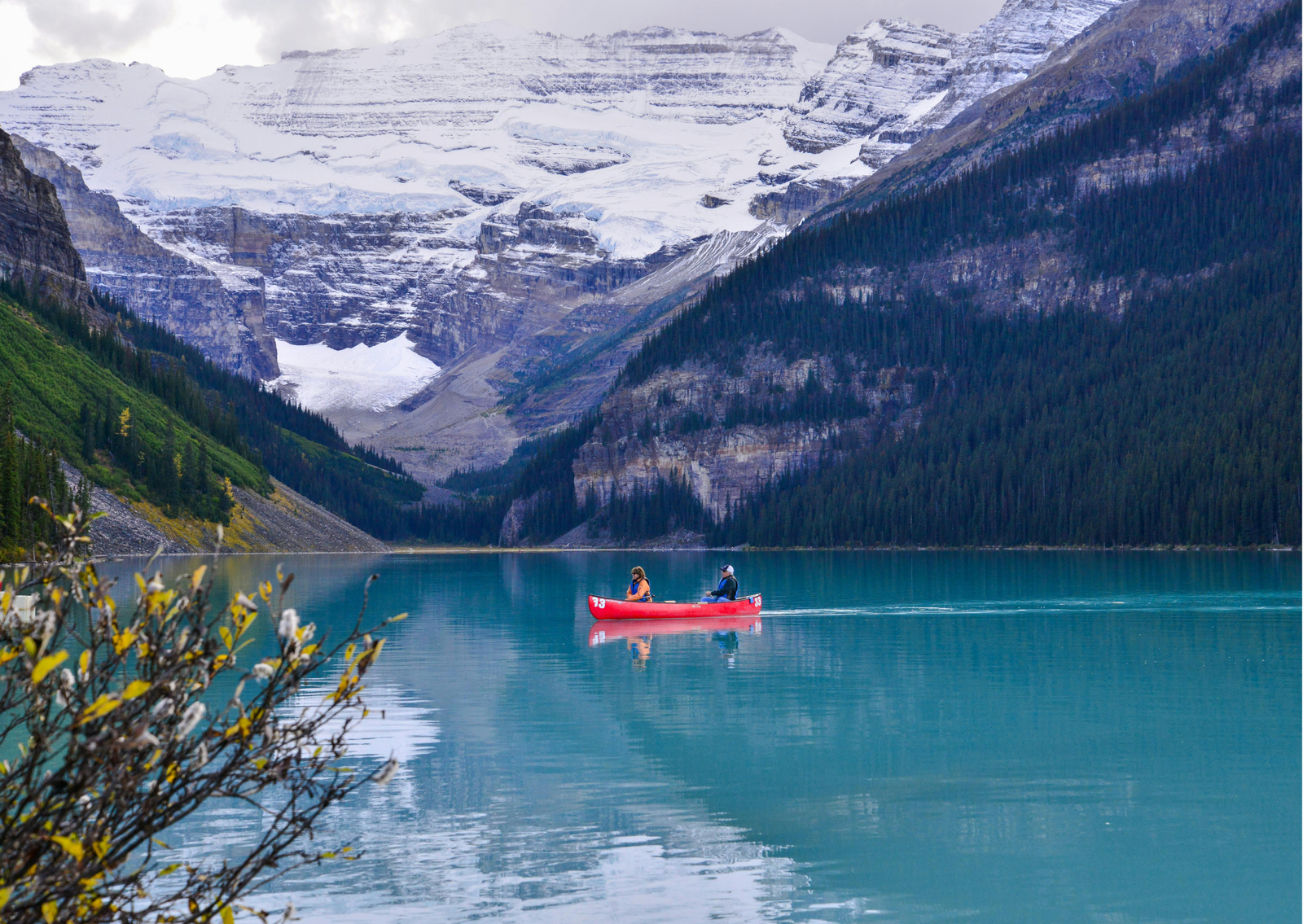Everyone is aware of some of the big waterfalls like the Niagara, Iguazu, along the famous Victoria Falls. These waterfalls are world famous, but these places are quite overcrowded and have become overexposed to the photographs. What if we say that some waterfalls are quite wild and undiscovered? Some waterfalls are quiet and are located …










